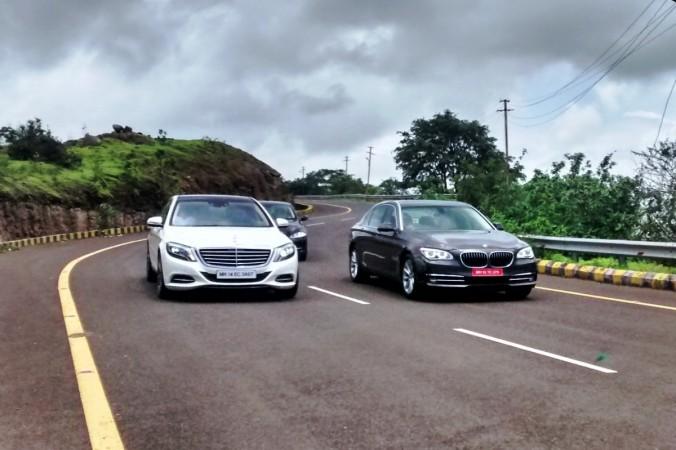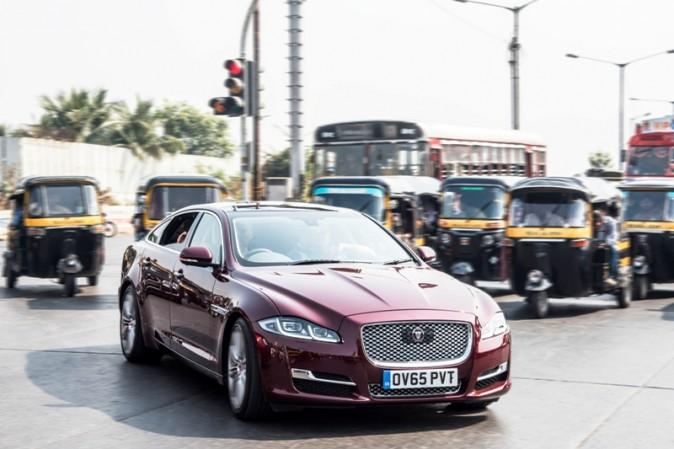Indian luxury car market had a roller coaster ride in 2017 so far. The premium market first crippled due to demonetisation initiated in November 2016 and then BS-IV emission standard shift in April this year. Uncertainty over GST taxation was another bottleneck manufacturers encountered earlier this year. However, the latest sales numbers indicate luxury car sales registered tremendous growth despite all odds.

In the first nine months of 2017, market leader Mercedes-Benz has sold a record 11,869 cars. The number confirms sales growth by 19.6 percent compared to the 9,924 units Mercedes-Benz sold from January to September 2016. The German carmaker also registered best-ever third-quarter sales with 4,698 units sales during July-September, up 41 percent from last year.
The best selling model for Mercedes-Benz is the long-wheelbase E-class sedan followed by C-class sedan. The GLC remained as the highest selling SUV in the portfolio, followed by the GLE.
Fellow German carmaker, BMW's sales in India grew by 17.3 percent during January-September 2017. The company has so far delivered 7,138 cars to customers in the current year and the best selling model is the newly launched 5 series sedan.
"This radical growth is a result of our all-round strategy, our resolute approach in its implementation and our absolute commitment to our customers and their needs," BMW Group India President Vikram Pawah said in a statement.

Audi India and Jaguar Land Rover India's sales numbers are not out yet. However, it is safe to assume that positive growth has been achieved by both firms considering the overall growth of the segment.
GST Cess hurdle
One of the primary reasons for the spike in sales, especially in the third quarter, was because of the tax reduction post GST implementation. However, the GST council in September hiked cess on mid-sized cars by 2 percent, large cars by 5 percent and the SUVs by 7 percent.
This has essentially brought back luxury car prices matching to the pre-GST time. Will it play a spoilsport in the fourth quarter of 2017? Only annual sales number of the companies will tell.














![India Auto Roundup: Maruti Suzuki, Mahindra have exciting launches in November [details here]](https://data1.ibtimes.co.in/en/full/805520/india-auto-roundup-maruti-suzuki-mahindra-have-exciting-launches-november-details-here.jpg?w=220&h=135)